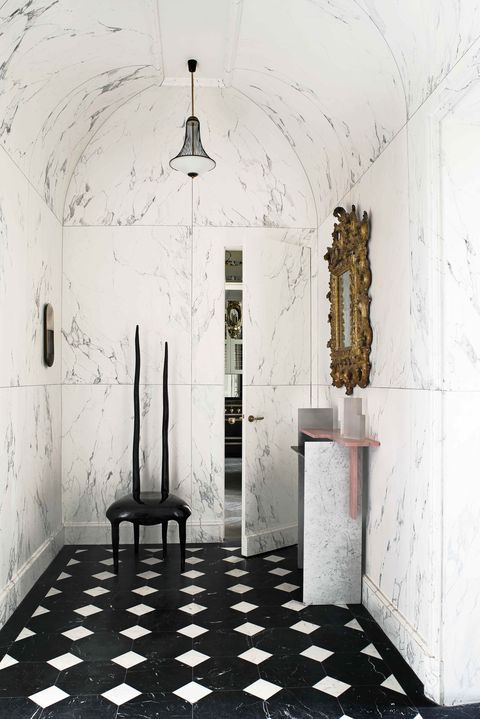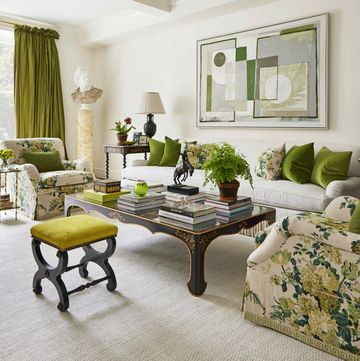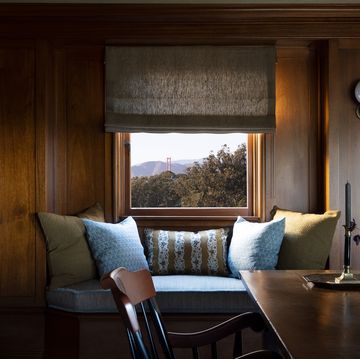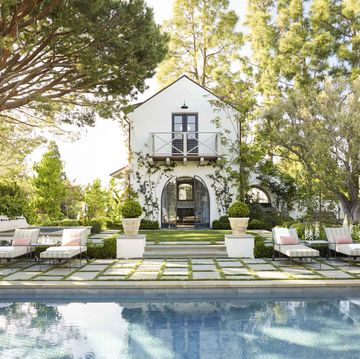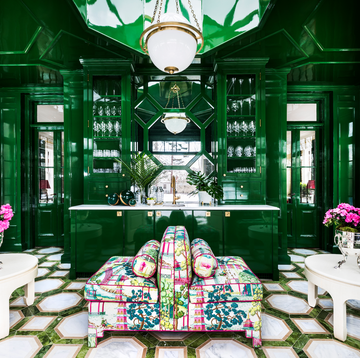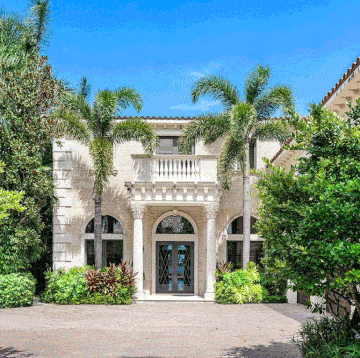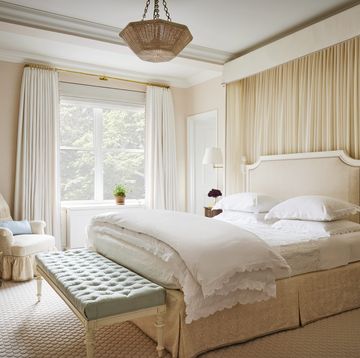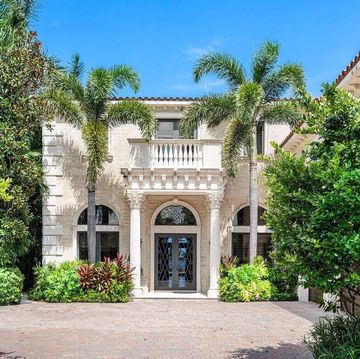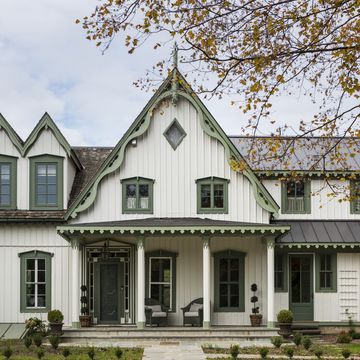Few places in paris are as redolent of Empire-era elegance as the Rue de Rivoli, the boulevard created by Napoleon with the leafy Tuileries on one side and a precise row of graceful neoclassical buildings with street-level shopping arcades on the other. Designed at the start of the 19th century by Charles Percier and Pierre Fontaine, leading architects of the day, the four-story buildings were completed in the mid-1830s. Today, the apartments within offer some of the most spectacular views anywhere in the heart of Paris, overlooking the iconic sweep from the Place de la Concorde to the Louvre.
One of those apartments hadn’t been updated since the 1940s, when new Belgian owners hired designer Jean-Louis Deniot to revamp it as a weekend pied-à-terre. Though the interiors had been overseen by the legendary Paris firm Maison Jansen, the residence had fallen into “really bad shape,” says Deniot, whose first step was to devise a layout more in keeping with contemporary living. “It was very conservative and traditional, with separate his and hers rooms and the kitchen all the way in the back, because that was a time when there was service staff.”
His rethink of the 2,000-square-foot apartment is a study in swaggering refinement, a deft mixing of the classical with the contemporary beginning in the entrance hall. There, Deniot pushed the ceiling up into a balletic barrel vault and covered it and the walls in creamy Carrara marble to “expand the space and create a sense of drama,” he says. The marble envelope is a nod to French neoclassical tradition, as is the black-and-white cabochon floor—only, Deniot flipped the convention, using black for the large squares and white for the cabochons. “Because the room had no natural light,” he says, “using a darker floor makes the walls look brighter.” A strikingly sculptural R&Y Augousti chair and a minimalist, mixed-material Robert Stadler console positioned beneath an antique mirror add unexpectedly edgy notes to the space. “Juxtaposing elements that don’t normally belong together makes everything feel more exciting,” says the designer.
That philosophy also defined Deniot’s approach to the living room. After creating a traditional backdrop with gray-painted 18th-century boiserie, he outfitted the space almost entirely with midcentury and contemporary furnishings, including pieces of his own design like a clover-shaped cocktail table and a curvy, Vladimir Kagan–esque sofa covered in a subtly flecked Raf Simons bouclé that Deniot likens to haute couture.
The room’s palette, as throughout the apartment, is dominated by soft, smoky tones with choice hits of animating pastel hues, most prominently in the “candy-colored” painting by Jérôme Robbe that Deniot mounted above the fireplace. He says his aim was to reference the pastels used in 18th-century France while also channeling a Miami Art Deco vibe.
A splash of this exuberance can also be found in a small space off the living room that doubles, improbably, as a bar and laundry room. Inside, the walls and cabinets are covered in bands of crushed gold and silver leaf alternating with a terrazzo-like treatment of metallic leaf crushed atop a black background. “The machines and soap are hidden behind the lower doors while the upper doors hide the booze and all the glasses,” explains Deniot, who playfully describes the shiny space as “a mini nightclub.”
In another of the apartment’s showstopping moments, a hand-painted grisaille mural of an abstracted landscape envelopes the entire dining room in such a way that its trees almost appear to line up with those in the Tuileries outside. “Kind of Jackson Pollock–ish” is how Deniot describes the mural, noting how the artist used splashes of metallic paint that “shimmer at night, echoing the lights from the Tuileries.”
Modern artwork in sundry forms appears throughout, from the historically informed dining scene to a tangerine-hued cube light fixture by Hervé Van der Straeten that dangles whimsically in the master bedroom. “Just because you have a classical apartment doesn’t mean you can’t inject a bit of bubbliness,” says Deniot. “You don’t have to be overly respectful.” Even on the stately Rue de Rivoli, it’s okay to have a little fun.
Featured in our January/February 2020 issue. Architecture and interior design by Jean-Louis Deniot; Photography by Christoph Theurer


